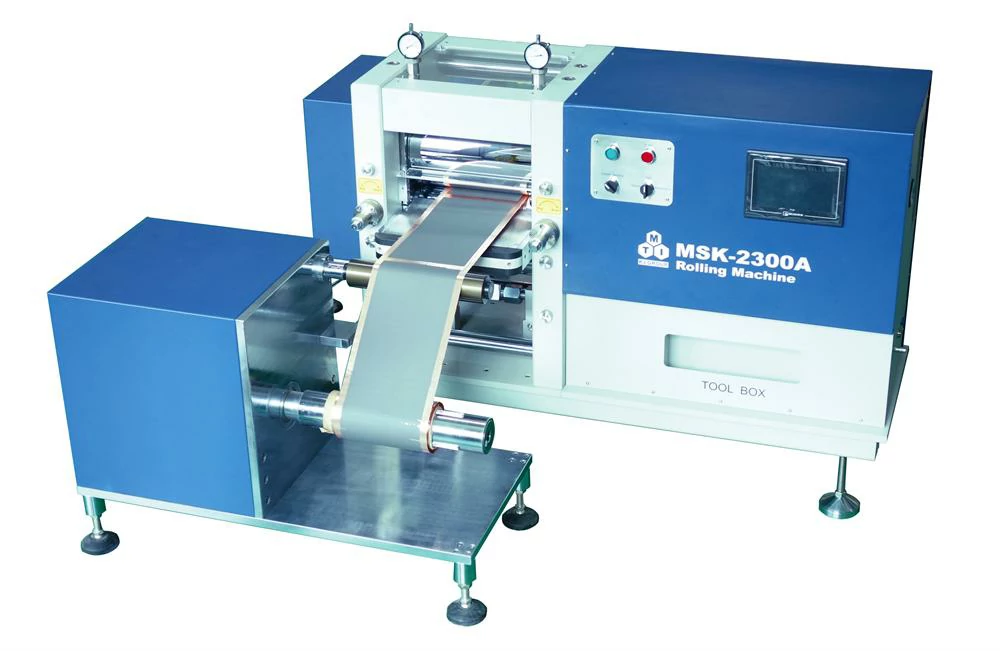Introduction to the electrolyte of lithium iron phosphate battery Lithium...
Cell Supervision Unit
Introduction: CSU (Cell Supervision Unit) : that is, cell monitoring unit, lithium-ion batteries are usually composed of many independent cell strings and combined, the number from several to several hundred, not only need to monitor and collect the electrical parameters and status of each cell, but also need to do a good job of balance and consistency, based on this, CSU came into being.
What is CSU
The CSU collects parameter information for all battery cells by detecting the voltage and temperature of each cell and sends the parameter information to the BCU in real time, while the CSU helps compensate for inconsistencies between battery cells by performing cell equalization. Figure 2-1 shows a simplified CSU that runs tightly inside the actual cell of the battery pack, connecting the wiring harness of the cell monitor device and ensuring efficient transmission of important battery pack data back to the host BCU. From the above CSU system block diagram, CSU is mainly composed of a battery monitor, a battery balancer, and a balancing resistor.
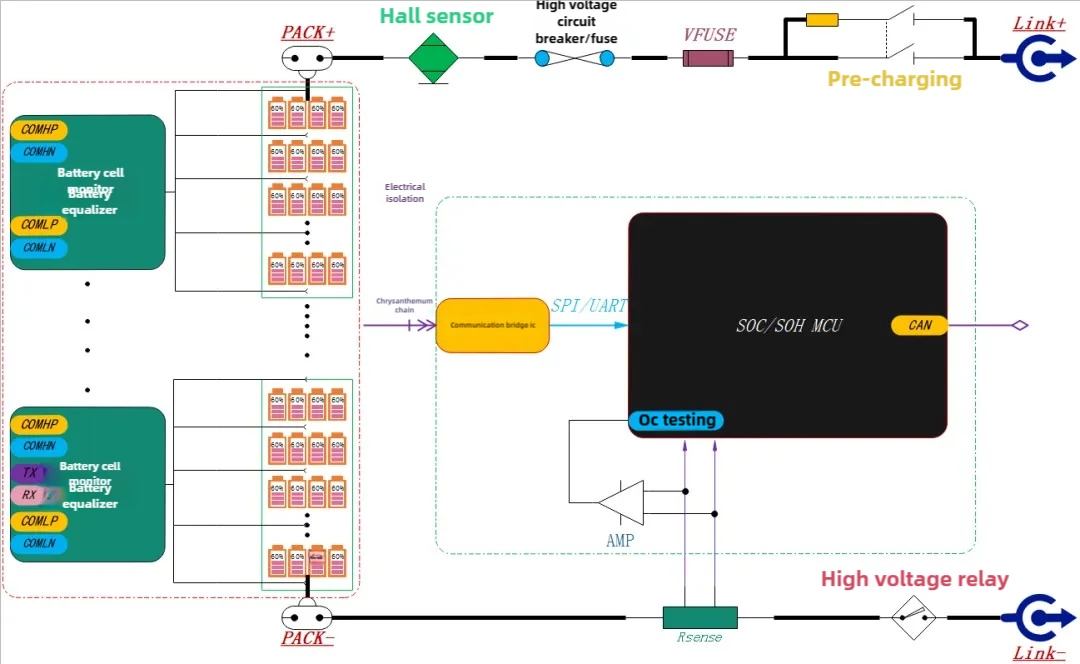
Figure 2-1: Simplified CSU system block diagram
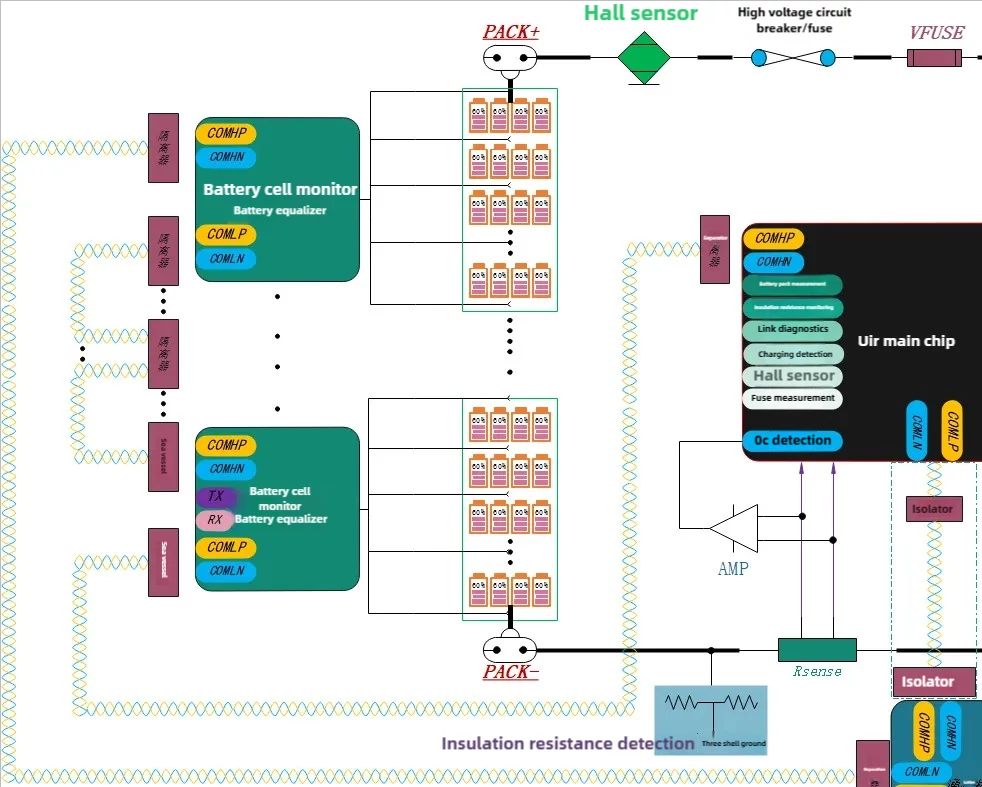
Figure 2-2:4P multi-s CSU block diagram
Figure 2-2 demonstrates the battery CSU system with 4 and multiple strings of vehicle batteries. Unlike Figure 2-1, a UIR chip is added, but the function of this UIR chip is not strictly CSU, but BDU, and strictly CSU is only the part of cell monitoring/equalizer.
Wireless CSU
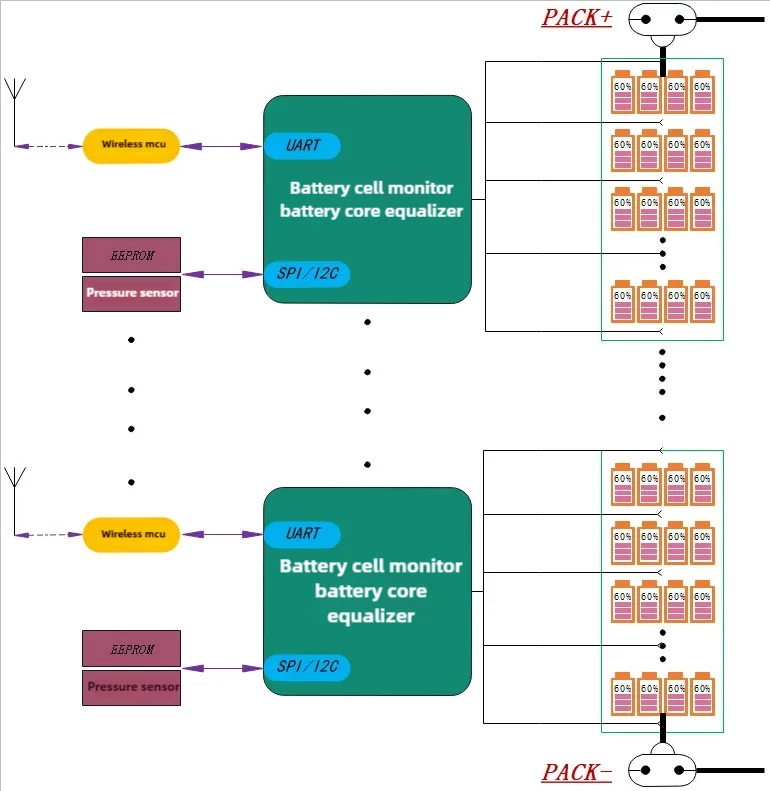
Figure 2-3: Wireless CSU
Figure 2-3 shows the simple structure of wireless CSU. Compared with conventional BMS, the connection between secondary cell packs is omitted, which has the following advantages:
1: Reduce the power loss caused by the wiring harness
2: Reduces the space loss caused by the wiring harness
3: Reduce assembly complexity and assembly risk
4: Reduce the risk of abnormal work and short circuit caused by wire harness damage
5: Improve the repairability of unit failure Although wireless CSU requires additional wireless transmission chips, it also reduces the use of wiring harnesses and isolation devices, and the cost of the two is not much different.
Function of CSU
With the diagnostic data output by the CSU, the BCU can estimate the health and charge status of the entire battery pack, which will directly affect the safety of the system. With high-precision monitors, the SOC/SOH algorithm provides a very accurate estimate of the drive and takes full advantage of each charge and discharge, and deploying a sophisticated CSU in the battery pack determines the charge and discharge cycle of the vehicle for a safer and better experience.
As LFP becomes more popular, the smoother discharge curve of LFP compared to NMC (as shown in Figure 2-4) requires more accurate cell voltage measurements in order to determine the available range of electric vehicles. The high-performance CSU provides cell voltage measurement with an accuracy of ±1mV and passive cell equalization with 300mA current capability to support synchronous voltage and current measurement for more accurate operation and state of charge calculations.
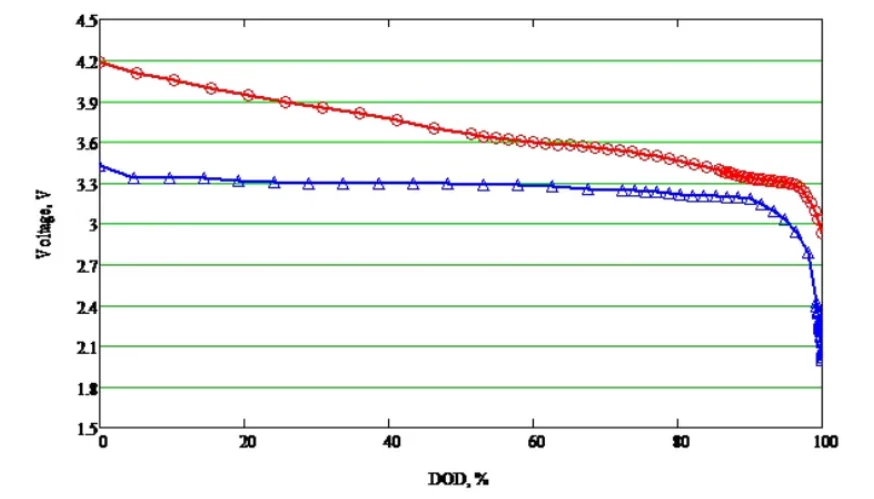
Figure 2-4: Battery chemical composition discharge curve (red =NMC, blue =LFP)
CSU Performance parameter evaluation
The performance parameter evaluation of CSU is mainly reflected in the front-end accuracy, which mainly includes the following indicators
1: ADC accuracy
2: Passive equalization current
3: Stackability and maximum number of serial connections
4: Additional safety protection features
5: operating voltage/withstand voltage
6: Integrated/external drive
conclusion
The CSU provides increasingly detailed cell state measurements to maximize the benefits of the battery pack, and safely and reliably synchronizes these measurements at the highest possible data rate for ideal estimates of operating and state of charge. With the rising trend of high-voltage battery packs above 400V, intelligent CSU designs facilitate more and more cell data transmission in battery packs while potentially reducing power consumption and line losses.

Home energy storage product series
A lithium battery pack for home energy storage systems, which is compatible with solar panels and the sun The inverter can work together with the power grid to power household appliances, and it can also be used as a For off grid systems.
Extended reading
THE ESSC Brand promise
Global supply
Our products sell well all over the world, covering many countries and regions, through the global logistics network, to provide customers with convenient purchasing experience.
Rigorous quality
We adhere to the highest quality control standards to ensure every product meets industry regulations and customer expectations, earning trust through consistent excellence.
Excellent service
With a customer-centric approach, we provide prompt responses, professional support, and personalized services, aiming to deliver the best user experience and long-term value.

